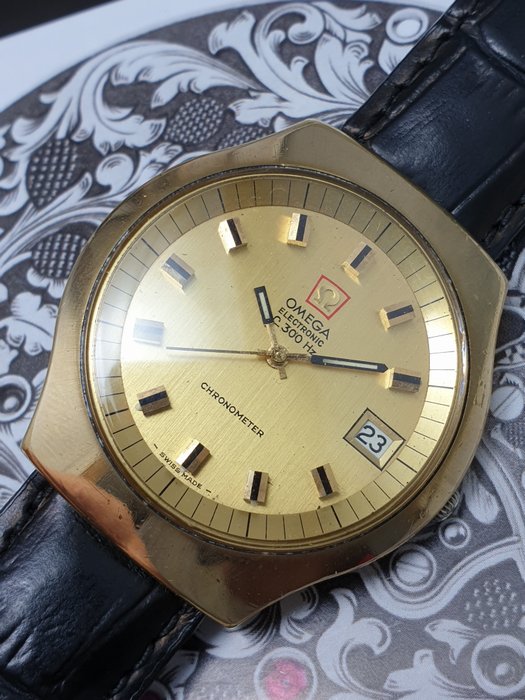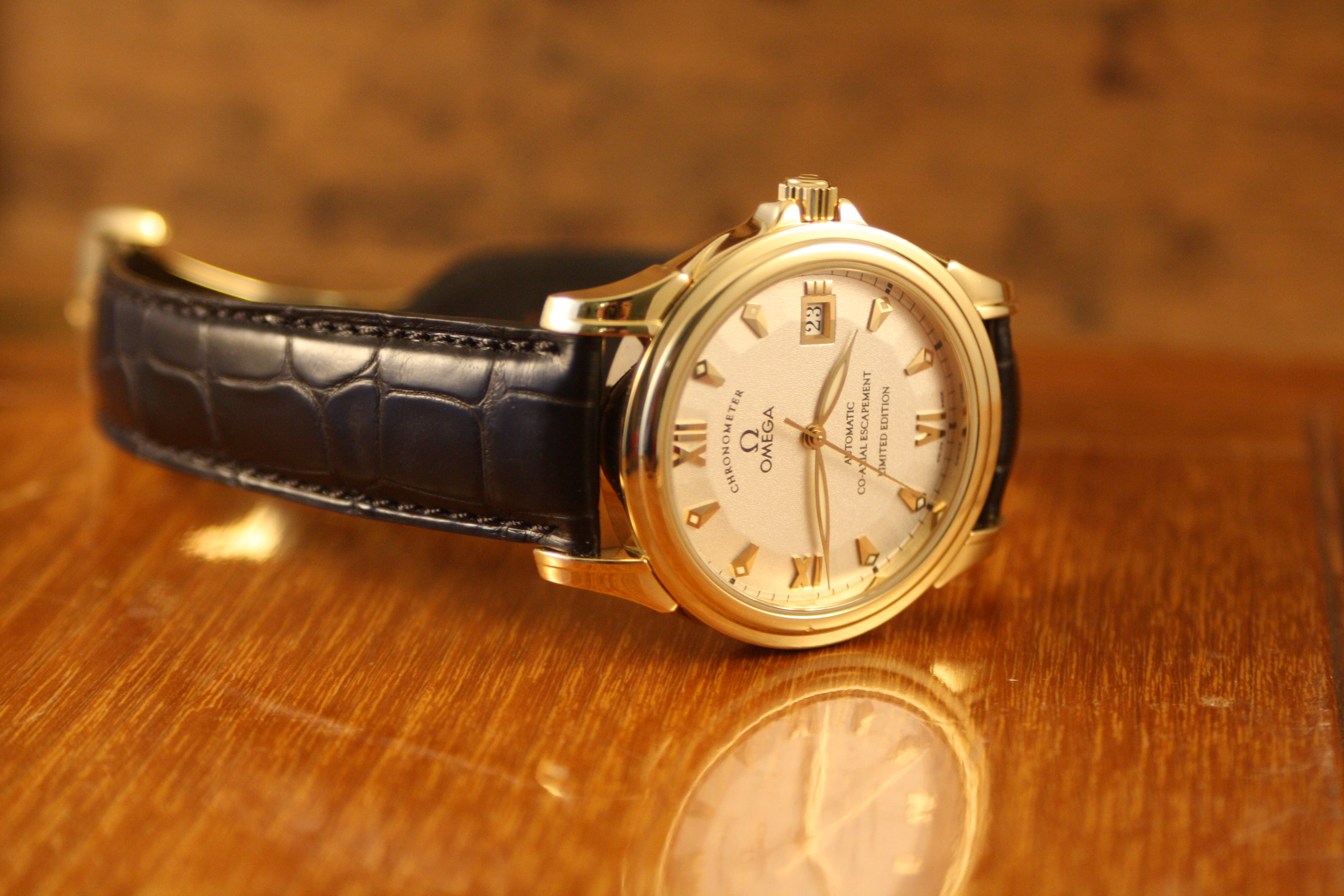
After all, they have conquered a lot to achieve this status. When watch brands utilize a chronometer movement inside a watch, most will indicate “chronometer” stamped on the dial. It might not be worth it if all you're doing is removing the. Personally I use it for sharing recipes with my wife (also a gold member), and I also use the expanded diary groups and fasting timer, so I'm using a lot of the features pretty extensively. The chronometer certification ensures that each individual mechanical watch tested is durable and incredibly precise. Might not be for you look at the specific features and see if you will use them. Only approximately 3% of watches produced in Switzerland will make their way through COSC’s certification process. The mechanical watch may not have a daily variation of more than -4 or +6 seconds per day. Only watches that meet the precision criteria can be granted an official chronometer certificate. Each day, the watches are removed for a brief moment to take measurements.

Each watch remains in each position and given temperature for 24 hours. Measurements are taken daily and are compared with two independent atomic clocks.ĭuring testing, watches are placed in various positions: 3 o’clock, 6 o’clock, 9 o’clock, dial on top, dial on the bottom. To gain chronometer certification from COSC, it is tested for 15 days in five different positions and in multiple circumstances such as extreme temperatures, humidity, pressure and more.
Cronometer gold iso#
When collectors refer to their watches as being “COSC certified”, it means the chronometer certification comes from the Controle Officiel Suisse des Chronometers.įocusing on the standards of the COSC, certification criteria is based on ISO 3159 standards. For Swiss watches, the most well-known and prestigious observatory is the Controle Officiel Suisse des Chronometers (COSC), with three locations in Switzerland. Chronometer criteria can vary slightly from each observatory. There are chronometer testing facilities in Besancon, France, in the Saxony region of Germany, in Japan and other places around the world, including several in Switzerland. Today, a wristwatch can achieve chronometer status if the movement inside it has been certified according to strict standards by an outside observatory. Over the centuries, as clocks evolved and wristwatches came into being, the concept of conquering the feat of chronometer status for the wrist remained important. This chronometer movement is based on a calibre developed in 1878 which was adapted to improve its accuracy. Later in the 1880s, Longines became involved in high-precision timekeeping and produced its first movement for a certified chronometer, the 21.59 calibre. Not only did this save lives and ships, but also enabled countries to build their naval and exploration powers. Finally, with that precise working clock operating at a fixed location (Greenwich Mean Time), sailors could make some quick calculations at local noon and determine the ship’s longitude. After multiple sea-faring journeys, it was determined that the clock built was indeed accurate at sea. It then also took him years to convince the Longitude Board that his clocks worked. The first working marine chronometer was invented and built by British watchmaker John Harrison, working with different materials to render friction-free parts that were impervious to rust. As a result, in 1714, the British government issued a contest, called the Longitude Act, with a hefty monetary prize that would equal several million today, to encourage watchmakers and scientists to develop a “precise and useful” way to determine longitude on the high seas. In 1707, in a single incident at sea, more than 2,000 sailors died when their homebound British ships ran aground on jagged rocks.
Cronometer gold full#
At the time, during the 1600’s and 1700’s, seafaring exploration was in full swing, and many ships would run aground and perish because they couldn’t determine longitude, as there was not an accurate clock aboard the vessels to do the calculations.
Cronometer gold professional#
Choose to accept or reject requests to view your profile using this section. Click Delete in the settings menu to stop a professional from monitoring your account.The chronometer was first developed in the 18 th century after decades of research and development.
Cronometer gold pro#
If you are working with a professional using the Pro version of Cronometer, you can manage their access to your account here. This will not allow your friend to view your diary or other personal information.

Sharing with a friend only allows you to share custom foods and recipes. Once you have shared a food, your friend will be able to find it by searching for the food's name in the Add Food search dialog. Click the Delete icon in the list to remove a friend you are currently sharing with. Once accepted, you can search for one another’s custom foods and recipes. You can find your pending friend requests on the list. Select Add Friend to invite a friend to exchange custom foods and recipes. Gold users can add friends to share custom foods and recipes with. Use the Sharing tab to manage who you are sharing your data with including


 0 kommentar(er)
0 kommentar(er)
